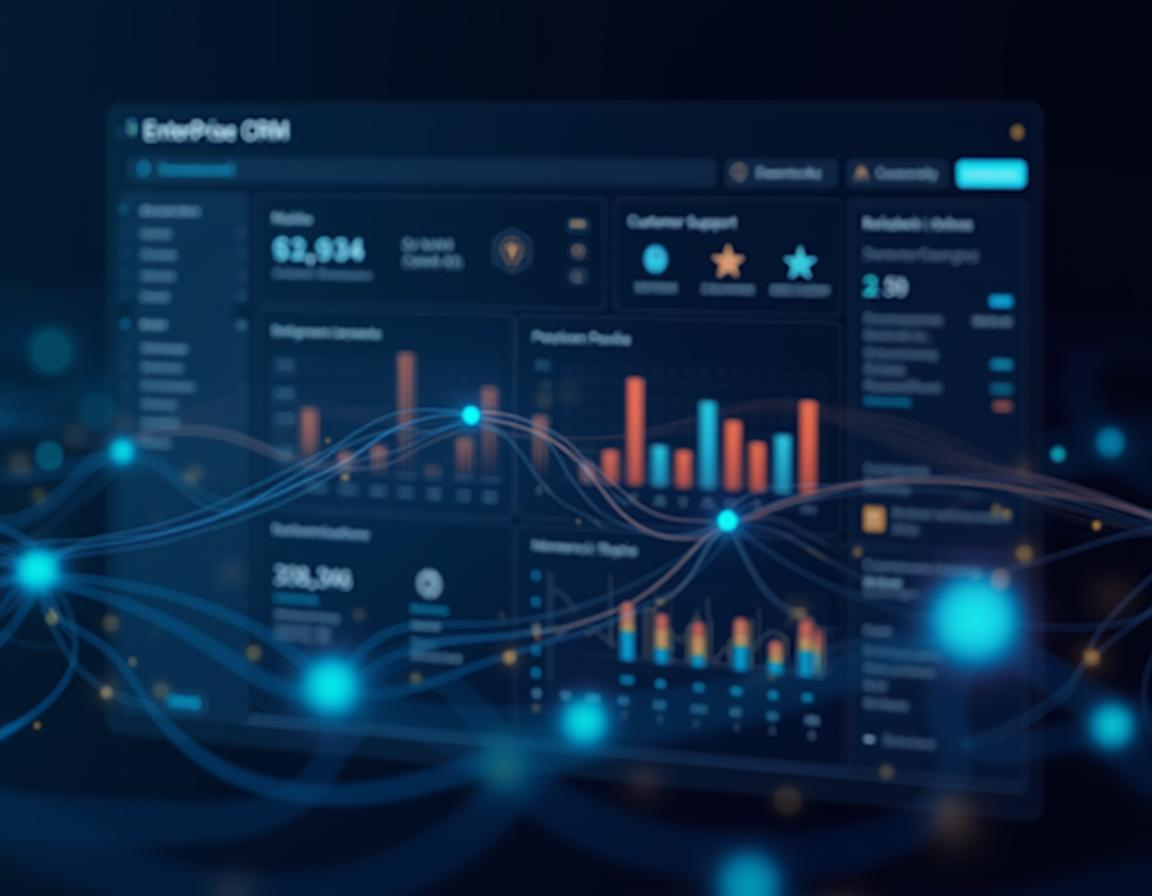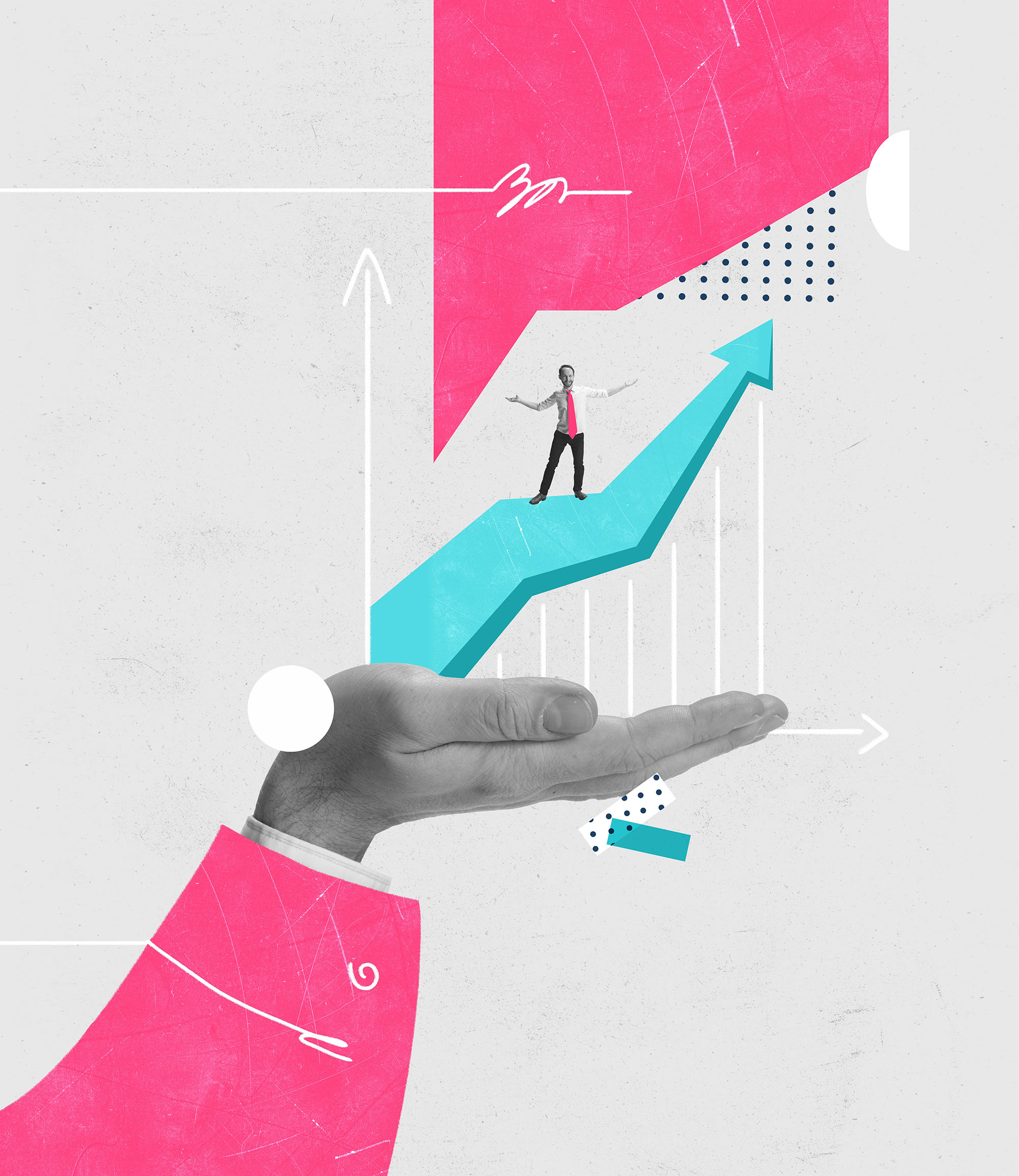 Telecommunication
Telecommunication
- Insights
- Financial Services
- Article
From a Neglected Segment to a Major Trend: Creating User Experience for Corporate Customers

Corporate customers are a significant source of revenue for banks, accounting for more than 60% of their income. Despite this, most banks have chosen to prioritize the consumer segment in their digitalization efforts as some C-level KPIs have been the number of digital customers. Additionally, the complexity of the products and different user needs have posed challenges to creating a fully digital experience for the corporate segment.
Today, the corporate banking customer experience is changing for the better, and it will continue to evolve. Much of this change is being driven by new user expectations and new competitors, i.e. “fintech companies”. If it is possible to serve with a “designer’s eye” on the consumer side, why can’t a similar experience be created for corporate customers?
In this article, we have tried to outline the key design tips for creating a seamless user experience for corporate customers, which can maximize the return on digital channels. To be more practical and helpful, we tried to base them on insights from our existing work ecosystem. Let’s go!
“Despite the fact that corporate customers are a significant source of revenue for banks, most banks choose to prioritize the consumer segment in their digitalization efforts.”
Tip 1: “Know Your User”
On the consumer side, when we say “customer”, it means “user”, and we always think of a “person”. However, it is different in the corporate world. In this realm, we must understand the needs and day-to-day tasks of accountants, financial directors, or top managers. Consequently, the roles, responsibilities, and preferred channels of each persona are different.
As an example, accountants end up frequently checking their banking accounts throughout the day to verify that all payments have been made and that these transactions are reflected in their ERP systems. During this process, they are required to manually input a comprehensive set of data about recipients, such as their full company name, tax number, etc. (mimicking their ERP records) into their banks’ platform as the “record receipient data” functionality is not available for corporate customers. In addition, after money is transferred, it is very important for them to receive real-time notifications that include the previously recorded information.
“Creating a seamless user experience for corporate customers can maximize the return on digital channels.”
For a financial director, however, these notifications are useless. They are too detailed for them. They are interested in the cash balance of the company and hence needs to track the cash flow in the banking platform. What about top managers? For them, a seamless mobile approval process is more important than daily transactions.
As you can see, each persona has different needs. You should design a user experience that caters to the unique requirements of each persona. For example, one of our clients leveraged a customizable dashboard and admin panel to let users select relevant features. So, what now? Take time to learn as much as you can about your target audience!
Tip 2: Built a User-Centric Channel Experience
Mobile adoption continues to grow among consumers and business owners. However, for corporate customers, it hovers around 50-55%. While mobile solutions are extremely convenient for those individuals who are on-the-go or away from their desks, it may not be the best solution for all corporate “users”. Let’s take accountants. They spend most of their time in front of a computer in the office. Do you think they will appreciate a mobile solution if a web-based solution is more appropriate?
Hence, it is essential to understand which user prefers which channel and what their task is. Banks should not try to include every feature in their corporate mobile app. Instead, this channel should be designed for the authorized person who approves pending transactions and expects to be notified of the end result, or the person who needs to check balance or make quick transactions. On the other hand, for users who need to enter additional information from supporting documentation, such as an accountant creating a payment instruction or trade letter of credit, a web-based platform may be more useful. For more complex banking products and functions such as trade finance, POS transactions, cash management, etc. banks should consider designing a web-based platform. In short, it is critical to design the channel experience according to its users.
Tip 3: Consider Users’ Expectations
Corporate users are essentially customers who happen to be in an office. Therefore, it is quite natural for them to expect a user experience that matches what they are accustomed to as consumers, while still having access to the advanced functionality to manage their operations.
For instance, when users are consumers, they have access to features such as “registered payee/payer”, “quick balance review” or “account naming”. However, when they go to the office and become a corporate user, they see that these functionalities are not offered to them. Why is that?
For one of our clients, we designed the installment loan application processes to mimic the retail loan application experience. It starts with the user specifying the amount needed instead of choosing the current credit line. The system then automatically matches the appropriate credit line with the loan.
In today’s world, product complexity is no longer an acceptable excuse. Banks must strive to make doing business easy and and provide a frictionless experience while offering the right products that meet customer’s needs.
Tip 4: Implement Role-Based Authorization
Corporate banking products can be complex, and today, with ever increasing channels and functionalities, the complexity only intensifies. What is more, corporate personas are often role specific, meaning that different users require different levels of authorization to access various features.
While many banks define different user roles, managing authorization levels can be complex and confusing for corporate customers. During onboarding, the corporate customer representative defines who can access which products and channels, and how. After that point, most of the corporate customers have little idea about how they can get their authorization levels updated or how to onboard another user. Even if they can spot the “admin panel”, they are typically hesitant to make any changes.
As a piece of advice, in addition to creating useful transaction groups as authority levels like “monitoring, payment, merchant transactions, etc.”, giving the flexibility to create “roles” or “different view levels” and using these roles as an authority level can prevent companies from having to make definition and updates every now and then, and for every user. This approach allows corporate customers to manage their own experience with the bank across channels.
Tip 5: Enhance Digital Customer Support
While technology promises to automate almost everything including customer service, relationship managers (RMs) remain essential to corporate customers. They have built long-lasting relationships with their corporate customers, have a direct line to them (often via WhatsApp), and provide the support they need, including transaction orders, document delivery, and expert advice. Today’s corporate banking customers want both automated channels and that human touch. Investing in digital customer support and providing an RM connection for expert services gives customers the freedom they want and the service they value. This requires finding the right balance between self-service and in-person assistance.
So, what does an ideal hybrid approach look like? At this point, we suggest crafting a “Digital Workspace” strategy that runs parallel to the existing physical and digital customer journeys. Digital Workspace provides the bank with operational efficiency, allowing RMs to serve more customers more effectively. It also creates an enhanced and differentiated customer experience that attracts and retains customers, while offering new sales points with a constant human touch.
“Digital Workspace provides the bank with operational efficiency, allowing RMs to serve more customers more effectively.”
Building a Digital Workspace starts with designing hybrid customer journeys and determining when and what type of support is needed. Next, new service models are created, describing how bank employees, customers, and stakeholders interact in these journeys. Finally, technology is used to facilitate a high-quality human touch, with AI-optimized human factor and new channel architecture being the key enablers of a seamless hybrid customer service.
In summary, human agents are not going anywhere for the foreseeable future. However, technology can enable companies to be more targeted and effective in how they deploy the workforce to pursue personalization.
Bonus: Create New Channels
As companies, especially SMEs, increasingly manage their business digitally, providing personalized services and new channels can make a significant difference in the lives of corporate customers. For example, a service that integrates with a customer’s ERP provides access to a company’s invoice history, enabling banks to make more informed decisions (e.g., about credit limits), offer more relevant financial solutions, and even alert business owners to act ahead and avoid potential issues (e.g., by comparing current account balance and due invoice payments, business owners can be warned about potential lack of funds).
At this point, banks have two options: add new features to their own channels or embed their services/solutions into other digital platforms. With embedded finance, customers can access banking services within the platforms and interfaces they use in their daily life. Given this reality, banks prefer giving online account statement services to their ERP customers only when they ask for this service. Isn’t that a rather old-fashioned and reactive approach? Instead, banks should take a proactive approach and use their advantages to create more personalized and relevant offers in collaboration with the right partners.
In today’s world, business customers of all sizes have higher expectations of their banks and demand personalized solutions that fit their operations and workflows. To meet these expectations and stand out from the competition, it is critical for banks to listen to their “users” and understand their unique needs. Creating a great user experience requires a deep understanding of the corporate customer and developing concepts that delight and exceed their expectations.

Explore deep-dive content to help you stay informed and up to date
 Telecommunication
Telecommunication
 Telecommunication
Telecommunication
Next-Generation Order Management: Elevating Data Center Services for a Leading Telco
Read now Financial Services
Financial Services
